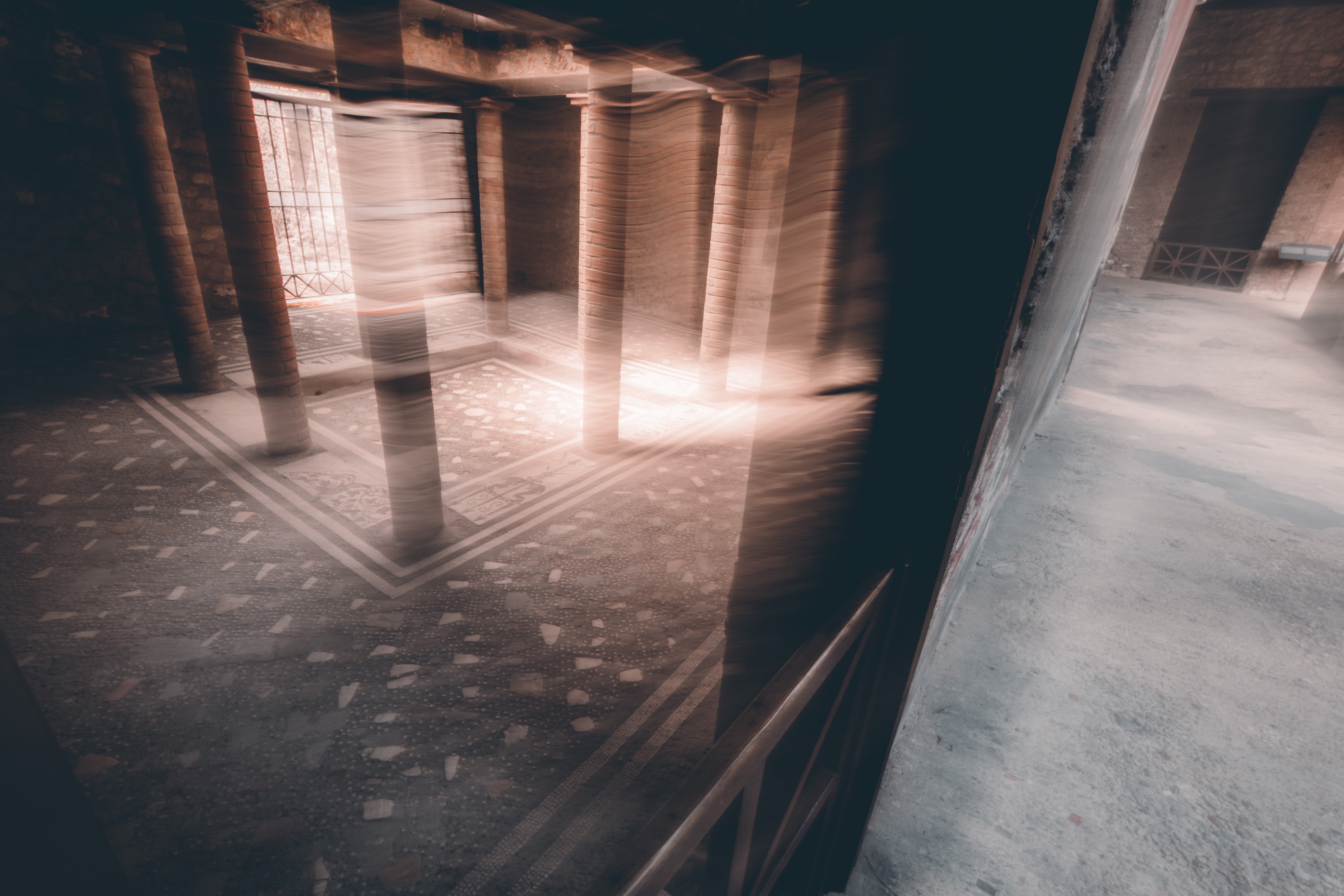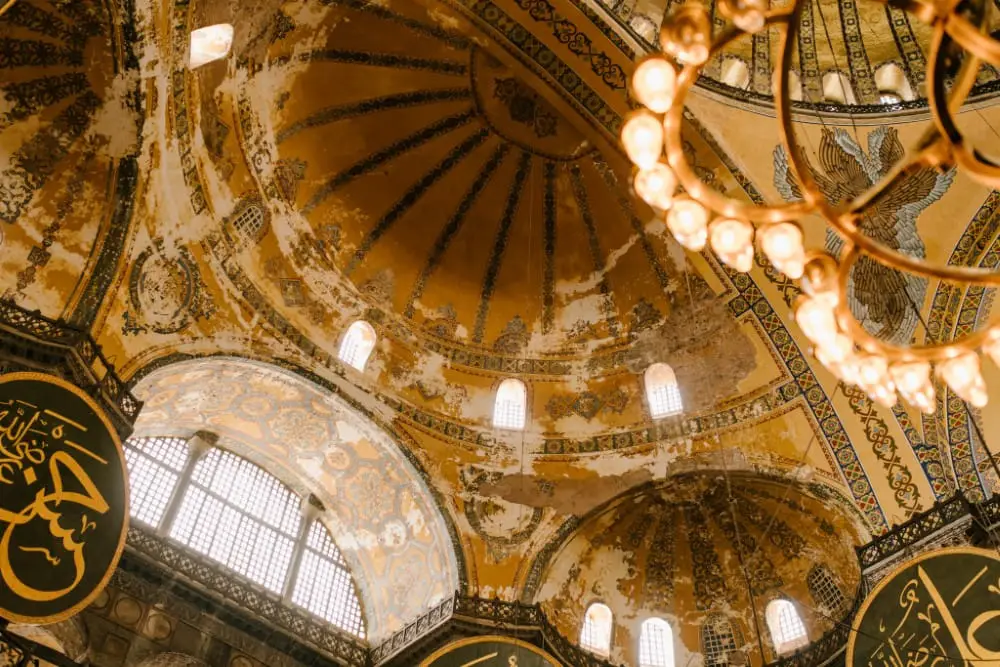
Where did the words "spas" or "thermal baths" come from?
Before anything else, I already advance you that water has been used for healing purposes or to maintain health and care for the spirit for many thousands of years. But, possibly, the first people who gave a name to this practice were the Romans.
The word thermae comes from the Latin thermae, which referred to public baths. Although its root is even older, coming from the Greek Θέρμο (thermos, hot).
Thermos is a village in Aetolia (in Greece), noted for the quality of its waters. One thing leads to another ... and the Romans knew how to take advantage, in the first century AD to give a name to these places that were previously called balnea (baths), from which the current spas receive their name.
The talassotherapy centers (seawater centers) take their name directly from the Greek thalassa, which means "sea" and refers precisely to the type of water used in this type of establishment.
As for the name of the spa, it seems that its origin is much more uncertain and fanciful. Or, at least, it is surrounded by legends: in English it seems to be registered since the 16th century to refer to spas with bubbling waters reminiscent of the baths of the city of Spa, in Belgium, and which ended up becoming generalized in England to refer to medicinal baths.
But there are also legends that claim that spa stands for Sanitas Per Aquas (and they attribute the phrase to Nero), Sanare per Aquam, Salus Per Aquam, Sanus Per Aquam, Solus Per Aquam...

Are you looking for a spa or health resort to relax in?
TAKE A LOOK TO OUR SEARCH ENGINE TO FIND THE BEST HOTEL FOR YOU!
Where do hot springs come from historically?
Spas, as we know them, conceived as establishments in which water is used from the point of view of science to cure, are closely linked to medicalization, as Juan Antonio Rodríguez Sánchez, from the Faculty of Medicine of the University of Salamanca, explains. Therefore, we cannot speak of its birth until the 19th century, when medical techniques are discovered and combined with the use of medicinal waters.
That is, for an establishment to be considered a health resort, the water must be used not only for the purpose of curing ailments or improving health but also under the supervision of a physician and after the waters have been studied and found, officially, to be of therapeutic use.
But up to this point, water has been used with the intention of curing ailments, improving health, or maintaining health, as well as for social and recreational purposes for many thousands of years before.
The latest finding related to the use of hot springs is very recent, but it puts us on the track that already almost 2 million years ago, even before the discovery of fire, hominids could have used hot springs.
In a study involving the University of Alcalá, in the Olduvai Gorge (northern Tanzania), hominid fossils 1.8 million years old have been found that seem to have used the thermal water that flowed in the area to cook the animals they hunted.
This use is not linked to hygiene, bathing or rituals, since the sediments found in the area suggest that the water flowed at a temperature of more than 80º. However, we can consider it the oldest precedent of the use of thermal waters by human beings.
Later, during prehistoric times, humans noticed that injured or sick animals approached hot springs as if seeking healing. And imitates them, starting to use it in the same way.
Prehistory and the use of hot springs.
From that discovery, human beings began to respect and venerate hot springs and their therapeutic properties as something sacred.
They began to use them more consciously and assiduously until ancient Greece, when we can find references to the wonders of therapeutic baths in The Odyssey (8th century B.C.
The Greeks already used water for hygienic, recreational, and therapeutic purposes, but it is in the Second Iron Age and Late Antiquity when constructions begin to appear that are the precursors of the first known public baths.
This is the use of thermal waters, waters with certain characteristics in terms of composition and temperature, which are used for therapeutic or religious purposes, in initiation rites.
In the Iberian Peninsula there is evidence of this use, dating back to the first millennium BC and prior to the Roman invasion.
The curative thermal baths were located where the spring that supplied them with water was located and could give rise to settlements.
They were located where the spring that supplied them with water was located and could give rise to settlements.
On the Cantabrian coast (Asturias, Galicia, Northern Portugal...) constructions made by the Iberian peoples are preserved as the saunas castreñas, located in the Asturian forts, which were spaces apparently dedicated to thermal baths, although they may also have had ritual and recreational uses.
This type of constructions had an oven, a vaporization chamber and a small vestibule. The core of the building conserved heat and the antechamber could have had a temperate and rest room function.
The saunas are considered one of the most important precedents of the Roman thermal baths, the Arab baths, and the spas, since their structure shows a planned organization for the use, whether medicinal, hygienic, or recreational of the thermal waters.

Are you looking for a spa or health spa to relax in?
TAKE A LOOK TO OUR WEB BROWSER TO FIND THE BEST HOTEL FOR YOU!
The baths and the Romans
But, without a doubt, the best known and most accepted origin of thermal baths and spas, thalassos, hammams and spas is in the Roman civilization.
The Romans were already using thermal waters 200 years before Christ: bathhouses were usually of a neighborhood character, in small communal buildings. However, there were also private baths. These were given the name balmes or balneum, while the former was called thermae or terma.
But by the 1st century BC, with the rule of Agripa a kind of competition began that lasted until the fall of the Empire, to see who could make the largest, most spectacular and luxurious public baths.
By the end of the Empire, the Agripa was the first to have the largest, most spectacular and luxurious public baths.
This is how, truly, the thermal baths as we know them are born and give rise to hammams, spas, thalassos and spas.
These first baths, the Thermae of Agrippa, in Rome, were built in 25 BC and their purpose was to attract as many people as possible to bathe. Thus, not only compete in beauty, luxury and ingenuity, but are set very cheap tickets and, in some baths, even free.
Thus, the baths not only become hygienic spaces (and care), but they become important as social centers, meetings and debates, where all the social and political current affairs of the Empire were discussed.
On entering, clothes were left in a kind of dressing room and, once naked, access was gained to the tepidarium (the warm water room).
Then you would go to the caldarium (hot water pools), where cleansing rituals were performed with essential oils, and from there you would go to the frigidarium, which had the largest pools and was also used for swimming.
In addition, there were massage rooms, games rooms and skin treatment rooms.
As you can see, a structure and organization that we still use today in many spas, spas, hammams and thalassos.
Centuries later, Mark Antony built the Thermae of Caracalla, also in Rome, in 216 AD. With a capacity to hold up to 1600 people, clad in marble, and with numerous works of art inside, they were one of the best-prepared baths on record.
And in 305, Diocletian built, also in Rome, a new baths, known as the thermae of Diocletian, even larger, with a capacity for up to 3000 users, and with great architectural improvements, such as its southwest orientation, designed to take advantage of the sunlight to heat the caldarium, without affecting the frigidarium.
Both the baths of Diocletian and Caracalla remained active until 537, when, during the Visigothic invasion, the aqueducts that supplied them with water were destroyed. More than 200 years serving thousands of Roman citizens!
From the concept of the Roman thermal baths, the hammams were born and, from there, the thermal baths and spas of the XVI, XVII, XVIII and XIX centuries, until ending in the ones we enjoy today.
As you can see, an exciting journey through the need to take care of ourselves inside and out.

Are you looking for a spa or health resort to relax in?
TAKE A LOOK TO OUR WEB BROWSER TO FIND THE BEST HOTEL FOR YOU!







